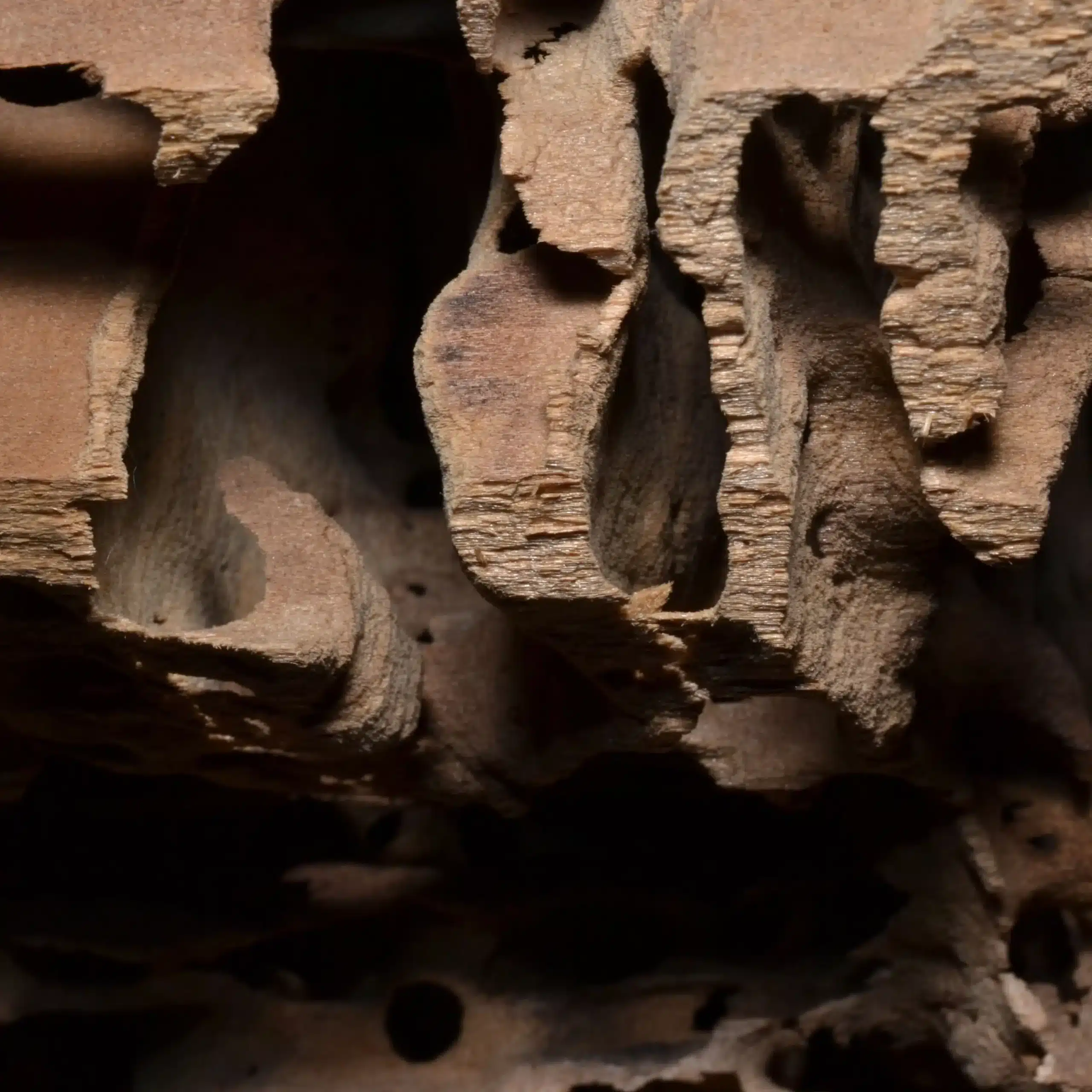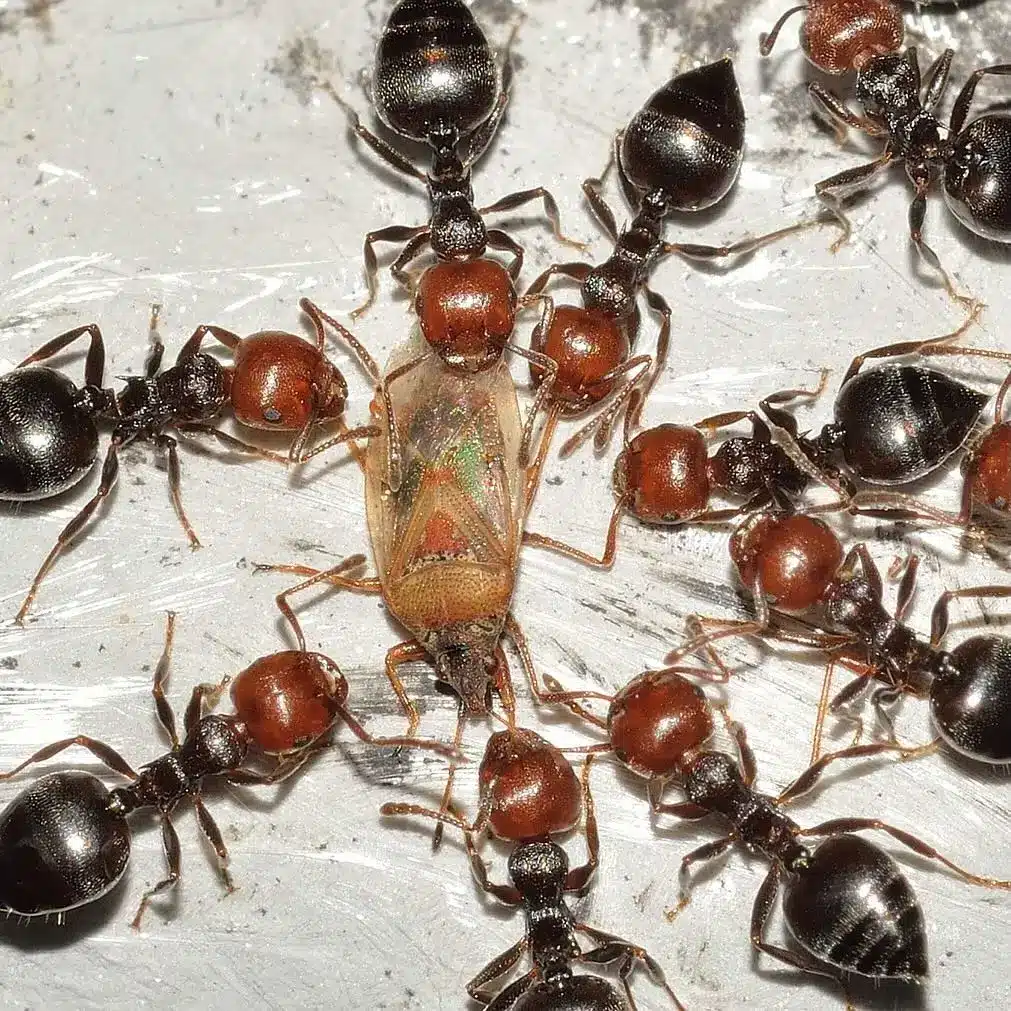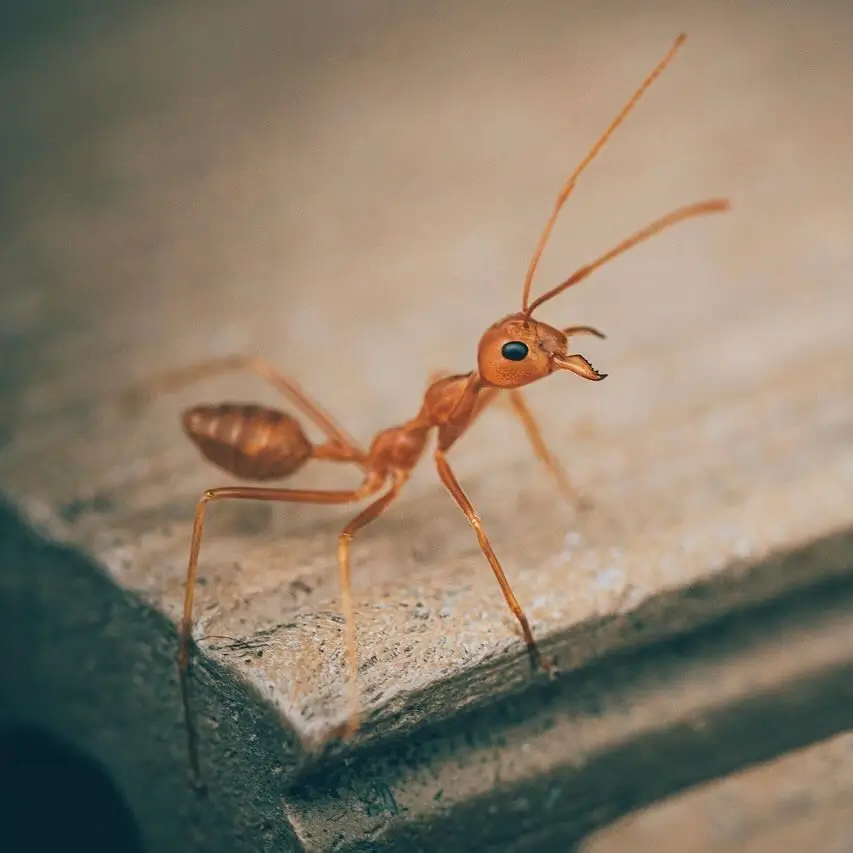Ant Treatments and More
Protect Your Property from Ants with Safe, Effective, and Tailored Solutions. With Aetna Pest Control, Rest Assured that Your Ants Will Be Gone. Safely.
Request a Quote
"*" indicates required fields

Common Ant Hotspots

Infestation Prevention

Damage Caused by Ants
While carpenter ants cause structural damage, other ant species contaminate food, creating unsanitary conditions and being an overall nuisance. Effective control requires addressing moisture, removing decaying wood, trimming vegetation, proper food storage, sealing entry points, and often, professional pest management.

From Kitchens, to Bathrooms, to Basements: Common Ant Hotspots
Ants typically enter buildings through small cracks and openings, searching for food, moisture, or shelter. They are commonly found in kitchens, where they invade pantries, countertops, and areas under sinks. Bathrooms also attract ants due to moisture buildup around plumbing and drains. Additionally, they can be found in basements, garages, crawl spaces, and outdoor areas such as gardens, sidewalks, and along building foundations.

Addressing and Preventing Ant Infestations
Ants can enter a home through tiny cracks, gaps, and openings in walls, doors, and windows. They often exploit foundation cracks, utility pipe openings, and gaps around vents or electrical wiring. Damaged weather stripping and poorly sealed window frames also provide easy access. Even the smallest entry points can lead to infestations, making proper sealing and maintenance essential for prevention.
Ants Q & A
Effective Ant Control: Common Questions and Solutions for Treating Infestations.
Ants are attracted to homes in search of food, water, and shelter. Spills, crumbs, pet food, and moisture buildup are common attractants.
Ant baits generally begin to take effect within a few days of being placed, though the time it takes to see noticeable results can vary quite a bit. Factors such as the ant species, the presence of other food sources, and the surrounding environment can all play a role in how quickly they work. As for how long they last, ant baits can remain active for several days to a few weeks. Their effectiveness largely depends on the severity of the infestation and where you place them. Putting bait stations in areas where ants are frequently seen will maximize their impact.
It is best to remain vigilant and watch for these signs: regular ant sightings in a certain spot inside your home, visible trails, indoor nests, and wood damage. These signs typically point to a potential infestation.
Preventing ants from coming back can be done by keeping the area clean, storing food in airtight containers, properly sealing garbage bins, fixing leaks, sealing cracks, trimming vegetation that makes contact with your home, and place ant baits near trails.
Ants are encouraged by high temperatures and moisture. With these conditions they are able to expand quite quickly. They are also encouraged by outdoor human activities which give them more access to food to further grow
Although ants are less active in winter, indoor warmth and food sources can keep some species active year-round. Therefore, vigilance and preventative measures are still important.
Yes, landscaping choices can significantly influence ant infestations. Plants that attract aphids, mealybugs, and scale insects, which produce honeydew—a favored food source for ants—can increase ant activity. Conversely, incorporating ant-repellent plants like lavender, marigolds, and mint may help deter ants, though some, like mint, require careful management due to their invasive nature. Additionally, using rock or gravel instead of mulch near your home’s foundation can reduce nesting sites, as mulch often provides favorable conditions for ants.
Call a professional for ant control when infestations persist despite your efforts, when ants pose health risks, or when dealing with destructive species like carpenter ants. Professionals can accurately identify the species and implement targeted treatments to effectively address the problem, restricting entry and limiting food access.
Our Technicians use approved products and adhere to strict safety protocols. To ensure maximum safety, keep children and pets away from treated areas until the products have dried, following the technician’s recommendations.